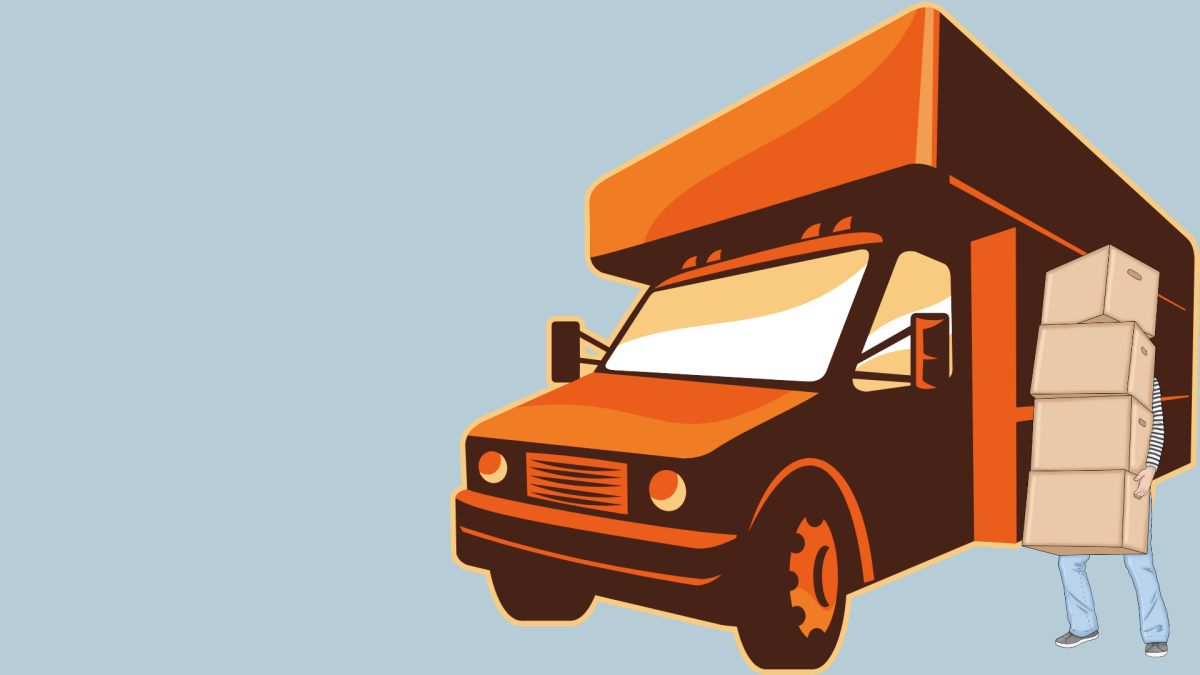As the academic school year is winding down and summer is fast approaching. That can only mean one thing; it’s the season for moving out! Getting to go back home is exciting, but the thought of having to transport all of your belongings within a certain time constraint can certainly be daunting. Students living on and off-campus will soon have to pack up all their belongings to make the journey back home. Here are some things you can consider before and during the packing process.
- Start packing ahead of time.
This might seem insignificant at first, but getting a head start can never do any harm. Many students think that moving out won’t take too much time, but there is definitely more work to be done than one might initially assume. It is easier to pack little by little instead of trying to cram everything in random boxes the day before moving out.
- Make a mental list of everything that you need to do.
This is another step that might seem like a waste of time, but I can assure you; it is definitely important and worthwhile! Students are so used to seeing their room that they get desensitized to how much stuff they actually have. Think back to extra supplies, miscellaneous furniture/appliances, seasonal clothes, and other trinkets that you might have tucked away in drawers or closets out of sight. Do a scan of your space and re-familiarize yourself with all your possessions.
- Learn to let go of items you aren’t/haven’t used.
Throw away all the items you’ve been hoarding throughout the semester. Yes, this means you have to take out the trash that you’ve been too lazy to take out. Make sure to scan your room and get rid of anything that you don’t need to eliminate unnecessary items that take up space. You’ll be surprised at how much good a bit of decluttering can do to your mental state.
- Separate your things from your roommate’s belongings.
Although not everyone has a roommate, it can be applied to everyone in different contexts. If you do have a roommate, it is important to talk to them to decide who will take previously shared appliances/goods. Even if you live alone, make sure to go around looking for objects that your friends might have forgotten in your space or items that you’ve previously borrowed and never given back.
- Use big boxes separated into different categories so that it is easy to differentiate the items when reopening them back at home.
Not everyone has the resources to pack in big moving boxes, but sticking to containers with a solid structure is always recommended when making a big move. It’s easier to carry out in the short term, easier to manage and reduces the chances of damage during the transportation process.
- Make sure to have labels on everything after categorizing your belongings.
This might take some time in the beginning, but it will be useful in the end when you have to find something really quickly. Categorizing items also makes it easier to pack since everything has a given place it needs to be. It is really tempting to skimp on this step during the process, but naming boxes/containers will save you more time in the long run especially when you unpack.
- Make use of towels, clothes, and other soft linen items to act like bubble wrap/packing peanuts.
Anything that takes up less space is useful, and in this case, it can also save some money. Instead of investing in bubble wrap or foam to shelter the more fragile or glass items, substitute it for things you already have to pack: thick padded sweaters, fluffy towels, fuzzy socks, etc.
- Roll up clothes, towels, blankets, and any other foldable item.
The biggest thing about packing to make a big move is to optimize space. Although everyone has their personal preferred style of folding clothing items, I highly recommend the rolling method during move-out. Rolling up clothing items tightly will save so much space, and the compact style makes it easier to move around.
- Heavier items on the bottom, lighter items on the top.
This might seem like common sense, but it’s amazing how much we can forget when we are rushing in order to get the moving part over with. Unless you want to be dealing with bent or broken items, it is smart to always keep in mind that heavier things go on the bottom of the boxes. Yes– this means that you have to empty out the box and restart when you find something towards the end of packing that needs to be packed at the bottom.
- Make use of school backpacks, duffel bags, etc.
Have all the essential items that you use the most in your backpack, like your laptop, phone, chargers, and earphones since things can get hectic and lost during the process of moving out. This also means that all your other bags can have a role too. Many students pack away unused bags into boxes, but why not make use of them? Bags are designed to store belongings in a contained space while also making them easier to transport.
- Avoid being lazy and throwing everything in one box.
This might sound like something that is obvious, but moving can be mentally and physically draining. This also means that giving up is a temptation that will constantly nag you in the back of your mind. Definitely try to avoid shoving everything in boxes in an unorganized manner due to frustration.
Everyone has been through the stressful process of moving, and sometimes it might feel like giving in to the anxiety is an easy fix. Worry not; take a deep breath and continue on slowly. Put on some relaxing music or a podcast you enjoy in the background while working, and it’s okay to take it step by step slowly. When starting, it might seem like there is no end to the monumental task but remember, there is always a rewarding end waiting at the finish line for each journey!






































